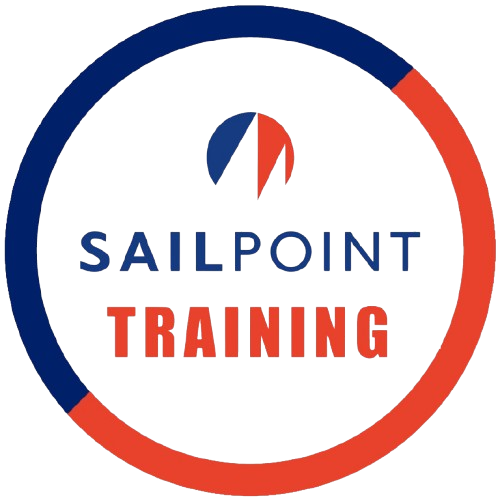Introduction: Unlocking Potential through Advanced Configuration
Have you ever felt like you were just one setting away from achieving optimal performance in your software? If you’ve navigated the intricate terrain of SailPoint training, you might understand the power that lies within Advanced Configuration. With the ability to fine-tune settings, streamline workflows, and enhance security protocols, mastering this facet can completely transform how organizations manage identity governance.
Understanding the Basics of Advanced Configuration
At its core, Advanced Configuration in SailPoint refers to the tailored adjustments made to the system to meet specific organizational needs. While many users are comfortable with default settings, venturing into advanced realms can yield substantial benefits.
For instance: Imagine driving a car that automatically optimizes its fuel consumption and speed based on the terrain. Now, consider how your identity management system could function similarly, adapting to your unique business environment with precise configurations. By leveraging features like object configuration and rule setting, you can maximize utility.
Key Components to Focus On
When delving into Advanced Configuration, there are a few critical areas that require focus to ensure effective implementation:
- Identity Warehouse Configuration: Structuring how identities are stored and retrieved can lead to improved performance and streamlined processes.
- Access Policies: Crafting policies that are tailored to users’ needs while maintaining robust security can significantly reduce risk and enhance productivity.
- Lifecycle Event Management: Fine-tuning how the system handles user lifecycle events (such as onboarding and offboarding) can help automate processes effectively, minimizing administrative overhead.
Strategies for Optimization
Implementing Advanced Configuration requires thoughtful strategies. Start by analyzing your organization’s unique challenges and needs. Here are a few actionable strategies to consider:
- Data-Driven Decision Making: Utilize analytics tools within SailPoint to monitor user behavior and system performance. Data can guide you in making informed adjustments that enhance security and user experience.
- Iterative Testing: Adopt an experimental mindset. Regularly test new configurations in a sandbox environment before deploying them organization-wide.
- Engage Stakeholders: Regular collaboration with end-users and IT personnel can provide insights into the practical impacts of configurations, leading to more effective solutions.
Real-World Example: Streamlining Identity Processes
Consider the case of a mid-sized healthcare organization that faced regulatory challenges while managing user access across multiple systems. By implementing advanced configurations in SailPoint, they established workflow rules that automatically adjusted access based on job roles and compliance requirements. As a result, they reduced administrative workloads by 40% and improved security audit trails.
Future Trends: Where is Advanced Configuration Headed?
As technology evolves, so does the necessity for advanced configurations. Future trends suggest a shift toward AI integration, allowing systems to learn from user behavior and automatically adjust configurations for optimal performance. Incorporating machine learning, organizations can anticipate user needs and dynamically alter configurations without manual input, heralding a new era of automated identity management.
Conclusion: Embrace the Power of Advanced Configuration
In a world where digital identity governance is paramount, honing your skills in Advanced Configuration is essential for anyone involved in SailPoint training. By understanding key components, applying effective strategies, and staying ahead of technological advancements, you can unlock unprecedented performance and security in your organization. So why wait? Dive into advanced configurations today and see the results for yourself!
FAQs
What is Advanced Configuration in SailPoint?
Advanced Configuration in SailPoint involves custom settings and adjustments to the identity governance platform, optimizing it for specific organizational needs.
How can Advanced Configuration improve organizational performance?
By tailoring settings and workflows, Advanced Configuration helps streamline processes, reduce risks, and enhance user experience, leading to overall improved performance.
Are there risks associated with Advanced Configuration?
Yes, incorrect configurations can lead to security vulnerabilities or operational inefficiencies, so thorough testing and stakeholder engagement are crucial during implementation.
Can I learn Advanced Configuration on my own?
While self-study is possible, formal training programs, especially those focusing on SailPoint, can provide structured guidance and deeper insights into advanced configurations.
What future trends should I be aware of regarding Advanced Configuration?
Future trends include greater integration of AI and machine learning, which can help automate configurations based on user behavior and trends, improving overall efficiency.
